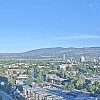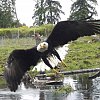A crowd of 100-plus and a host of dignitaries gathered Friday afternoon at Penticton's Okanagan Lake Dam for the ceremonial groundbreaking of an innovative new fish passage that, when opened this July, will allow returning salmon to bypass the dam entirely and freely navigate to their historical Okanagan Lake spawning grounds for the first time since the 1950s.
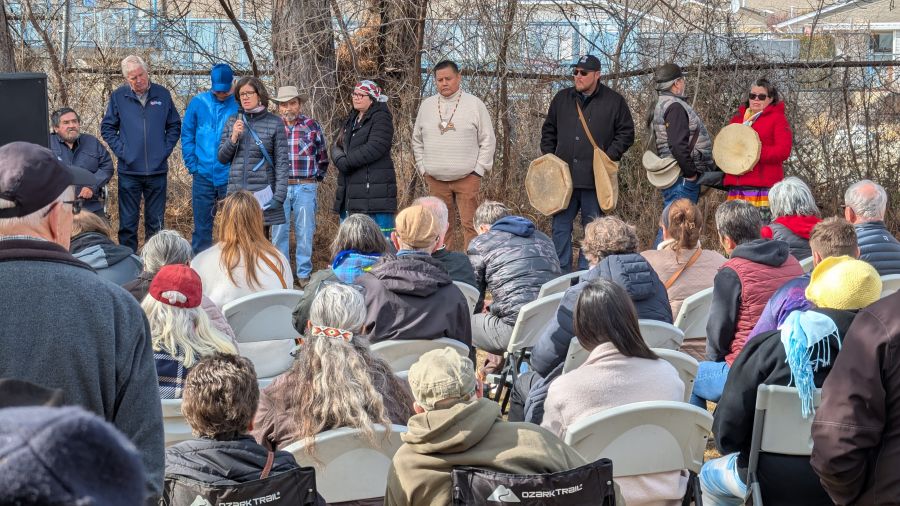
The passage, dubbed the "Okanagan Lake Dam East Salmon Passage," is the latest in a decades-long series of measures throughout the southern BC interior and Washington State to correct the errors of past generations and restore a healthy salmon population to the Columbia River Basin and Okanagan Basin regions.
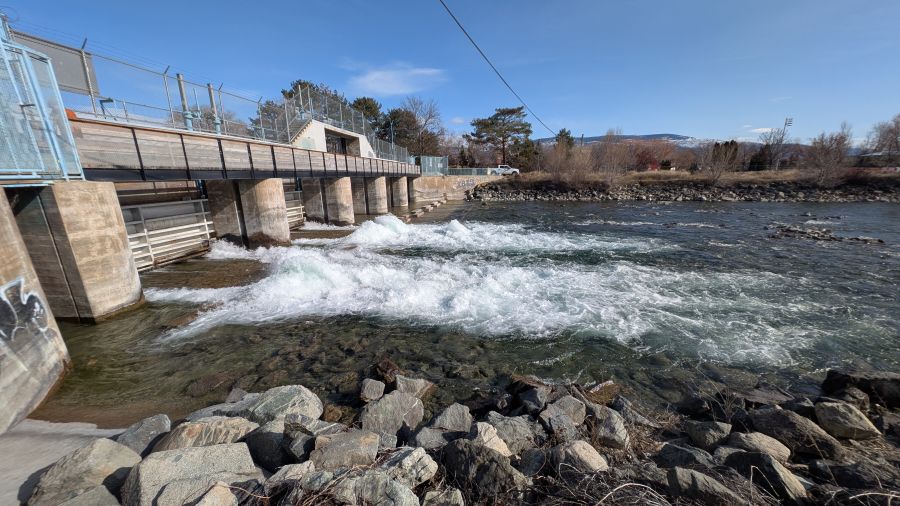
In attendance Friday were people like SnPink'tn Indian Band chief Greg Gabriel, Osoyoos Indian Band chief Clarence Louie, Penticton mayor Julian Bloomfield, fish passage biologist and Yakima Nation councilor Brian Saluskin, BC Ministry of Water and Resource Stewardship director Jocelyn Campbell, Okanagan Nation Alliance Fisheries Program Manager Chad Fuller, and SnPink'tn Indian Band elder caylx (Richard Armstrong).
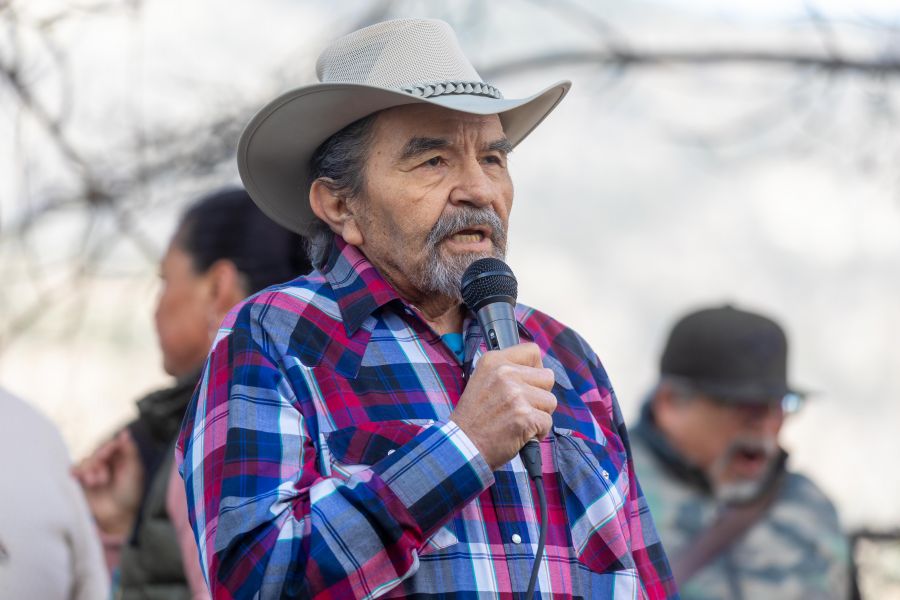
All of the above took turns at the microphone during the 90-minute event that also featured drumming, singing (courtesy a group of charming kids from Outma Sqilx'w Cultural School), a pair of Armstrong-led salmon ceremonies – one on dry land and one at the river – and a sod-turning photo op.
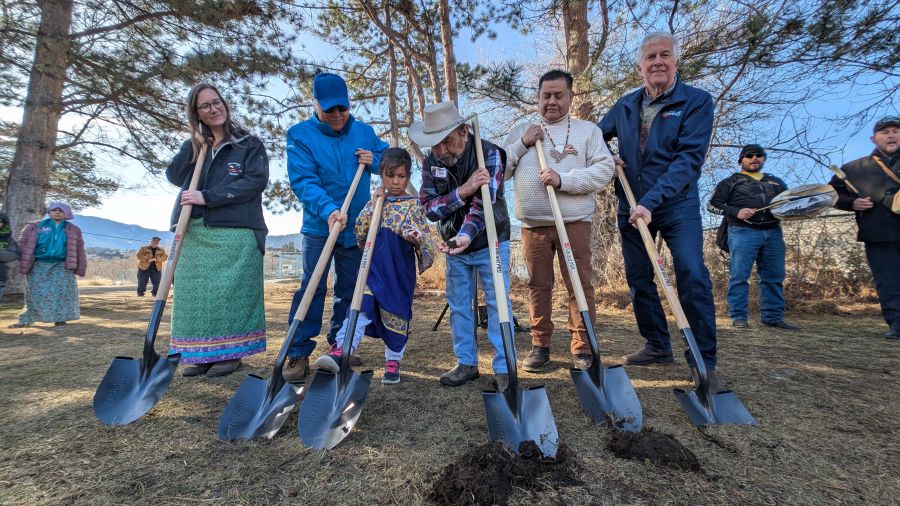
Arguably the most important speaker of the day was Okanagan Nation Alliance fluvial geomorphologist and project lead for the salmon passage project, Zoe Eyjolfson.
Eyjolfson took command of the microphone and immediately painted a picture from 100 years in the past – a time before flood controls, the channelization of rivers and the building of dams, a time when the environment at the site of Friday's event was very different indeed.
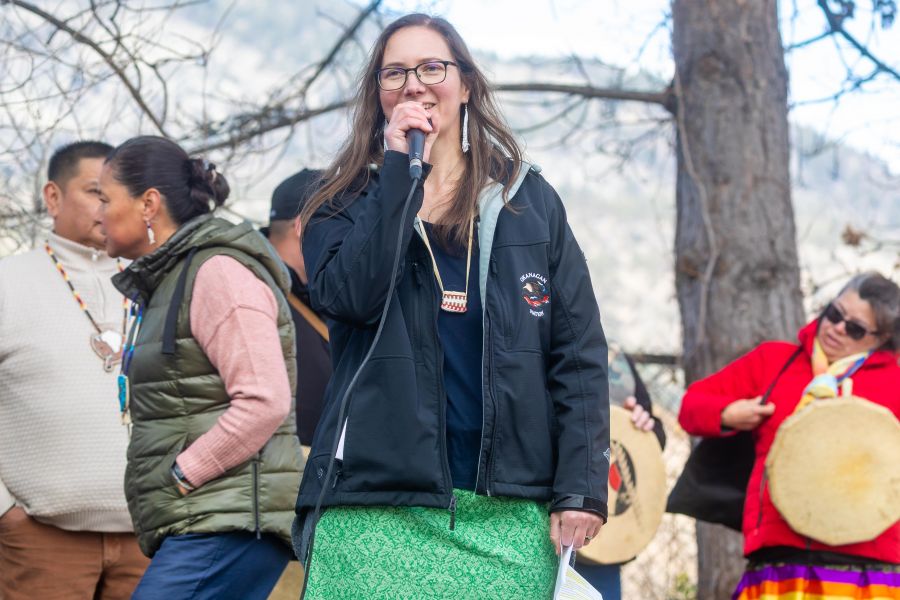
Eyjolfson described a scene with riparian vegetation and plentiful birds, a floodplain that extended well into the city of Penticton, and a waterway filled with fish.
But by the 1960s, 84 percent of the Okanagan River had been straightened and channelized, the vast majority of riparian vegetation had been destroyed, and dams had been built throughout the region.

And the salmon, which from time immemorial had dominated the river and fed the Indigenous population, had been all but eliminated.
In recent years, however, the Okanagan Nation Alliance has spearheaded a sweeping and thus far successful effort to restore the river to a naturalized state and replenish the salmon therein.
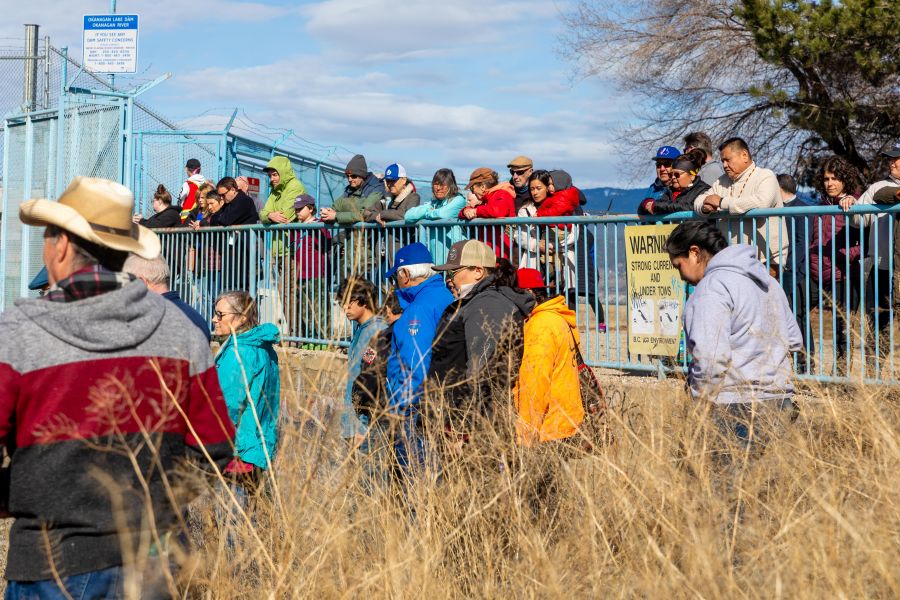
The Okanagan Lake Dam is one of the final hurdles.
The first attempted jump over that hurdle unfolded in 2019, when a fishway on the western perimeter of the dam, engineered during the original 1950's-era build of the structure, was re-opened.
.jpg)
There was noticeable hoopla surrounding the event and a fervent hope that spawning salmon, which were once again making their way up the river to the dam, would now find and negotiate the fishway and return en masse to the deep waters of Okanagan Lake.
Sadly, the re-opened fishway simply wasn't up to the task.
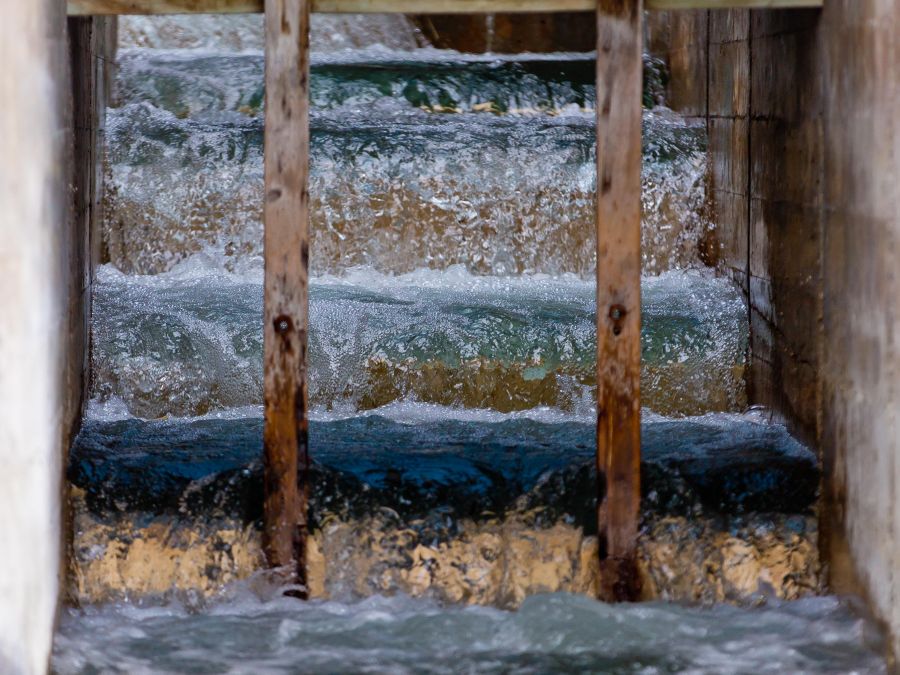
"A big part of the problem is water fluctuation," explained Eyjolfson Friday. "Okanagan Lake fluctuates quite a bit, as does the river below. And there aren’t the best attraction flows below the fishway for fish to find it.
"And because of the fluctuations, the water doesn’t really flow well through the fishway. Plus, there are bays within the fishway that aren't deep enough for the fish to jump.
"They're already near the end of their life cycle and this is the last obstacle for them. So it’s proven to be too challenging."
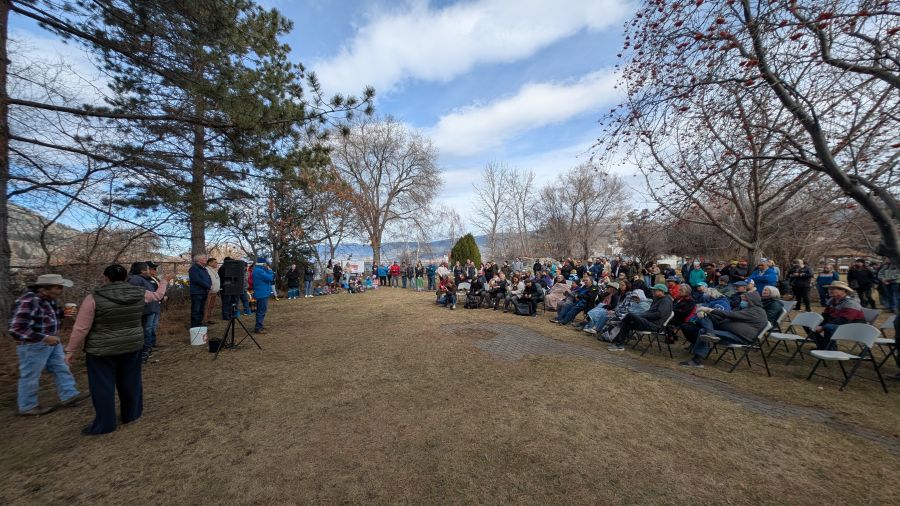
According to ONA fisheries biologist Ryan Benson, who played a key role in the October 2019 fishway re-opening, the numbers never came close to matching expectations.
"The salmon were milling about at the base of the dam long before we reactivated the fishway," he said.
"But it’s been a bit of a trickle. It’s far from ideal. I think the most (salmon) we ever got (returning to Okanagan Lake through the fishway) was 5,000 three years ago."
Modifications to the existing fishway were explored, but, said Eyjolfson, the associated cost was similar to that of a proposed new passage. And the risks were higher.
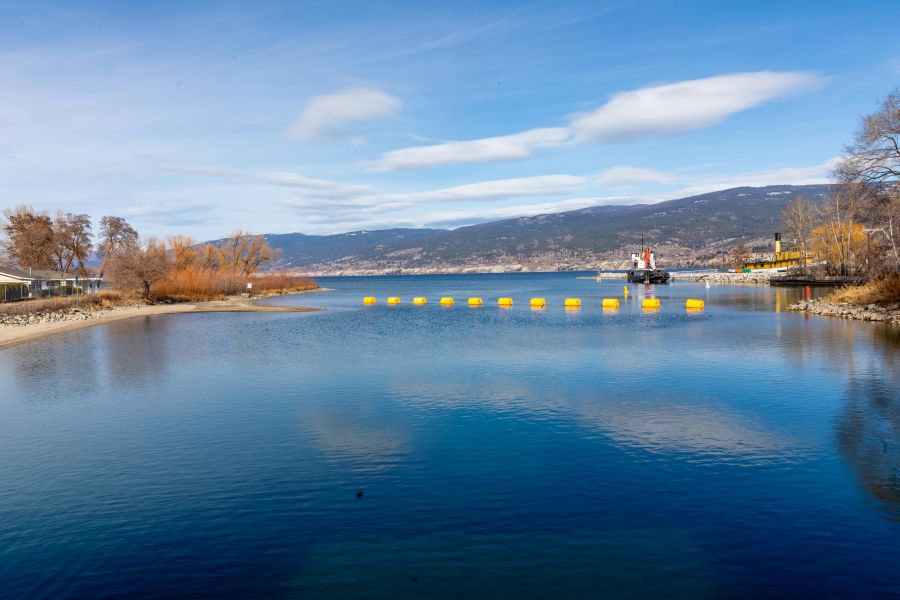
"The fishway is part of the dam," she said. "It's attached to an aging concrete structure. But the new passage is completely separate."
Construction of the new 95-meter passage, which will run from the Okanagan Lake shoreline just east and above the dam to a point approximately 20 meters below it, will commence within two weeks and likely be completed by the end of June.
Operation will begin in July.
"It'll be about two meters wide and two to three meters deep," said Eyjolfson. "There'll be grating along the top for public safety and also to allow light and air flow for the salmon.
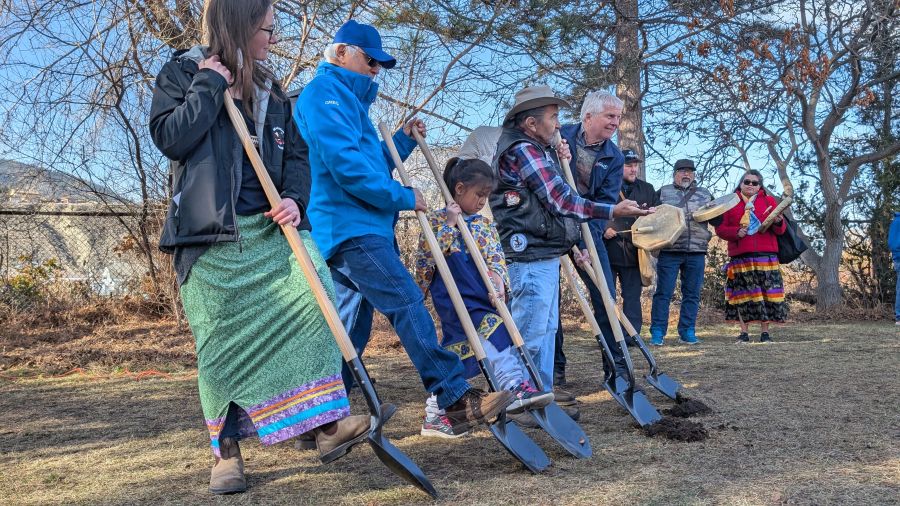
"We'll have foot rail fences on the side with vegetation. People can view the salmon, but the salmon will be safe."
But there's a lot more to this passage than a simple waterway.
"There'll be a series of riffles and pools like you'd see in neutral water," said Eyjolfson. "And there'll be invasive exclusion jumps, which will deter invasive species like carp and bass from migrating through but allow salmon (because they're superior jumpers).
"And there'll be a series of stop logs (essentially small jumps) at the (lake) end of the passage that we'll operate with a winch system to manage the water level flows at Okanagan Lake."
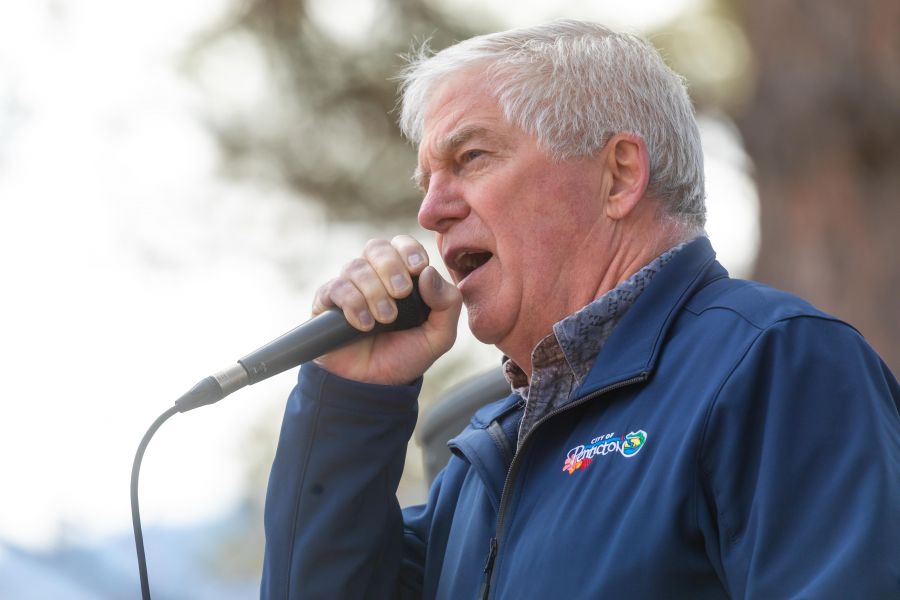
And although sockeye get the majority of attention these days, the passage will be just as friendly to other salmonids.
"The sockeye and the chinook, which come back from the ocean, the kokanee, steelhead, rainbow trout – we want all of them to return to their historical waters," said Eyjolfson.
"Historically they were all the way up to Vernon prior to the dams being built. So they were cut off arbitrarily through human actions.
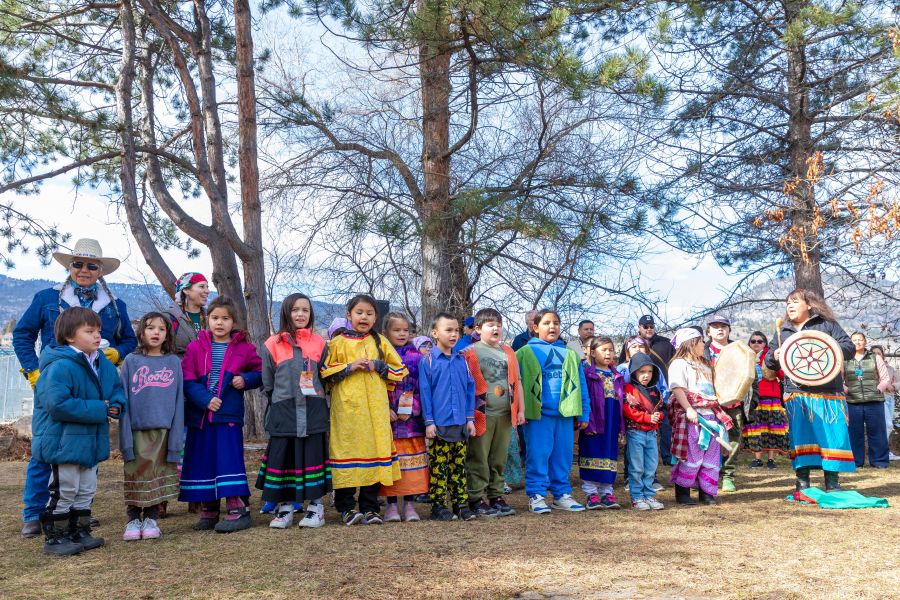
"But by getting the salmon back to their historical waters and back to the (Okanagan) Nation's communities, we also help them access a really cool, really deep lake and return to the rivers where they once were."
Ryan Benson isn’t sure how many more salmon Okanagan Lake will see in the year(s) ahead.
"We don't know," he said. "Maybe tens of thousands. Maybe I'll be backpedalling and saying hundreds of thousands.
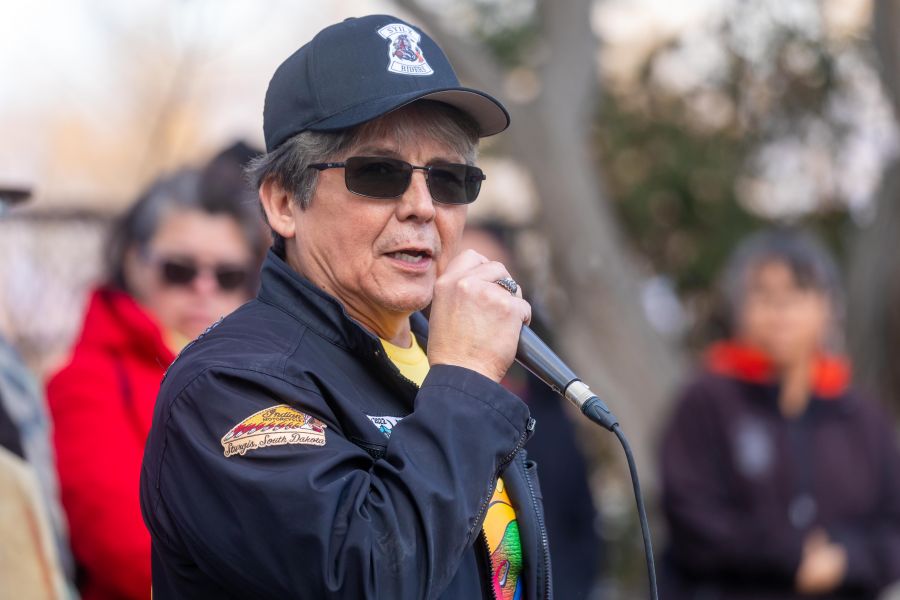
"But it’s important to remember the cultural significance. The McIntyre Dam (between Vaseux and Osoyoos Lakes) was built in the mid-50s. And pretty much as soon as it went in, everyone upstream lost their access to salmon.
"So this is so extremely important for the bands here."
The price tag for the new passage? A not insignificant five million dollars.
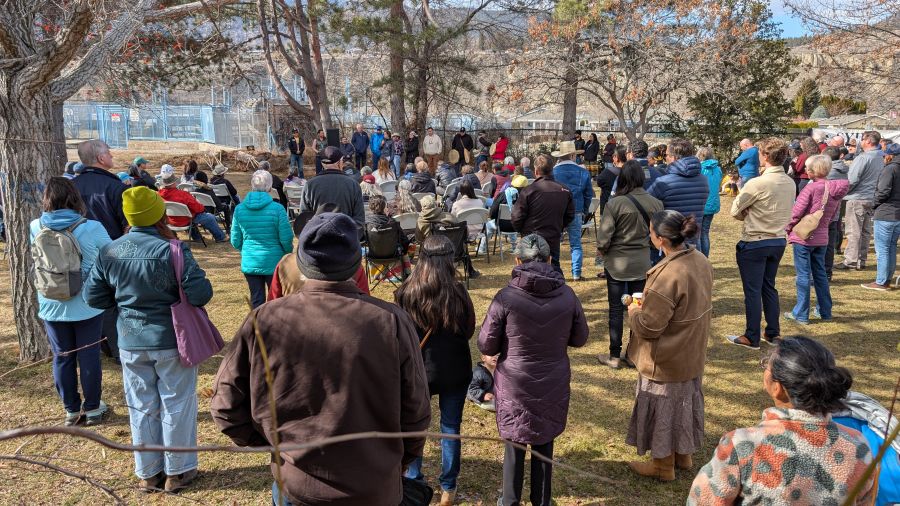
But, said Eyjolfson, the vast majority has been picked up by the "Habitat Conservation Plan and the Sub-committee of the Priest Rapids Coordinating Committee" of Washington State with "some funding for re-vegetation from the TD Friends of the Environment Foundation."
For more info on the Okanagan Lake Dam East Salmon Passage project, head here.















.jpg)










